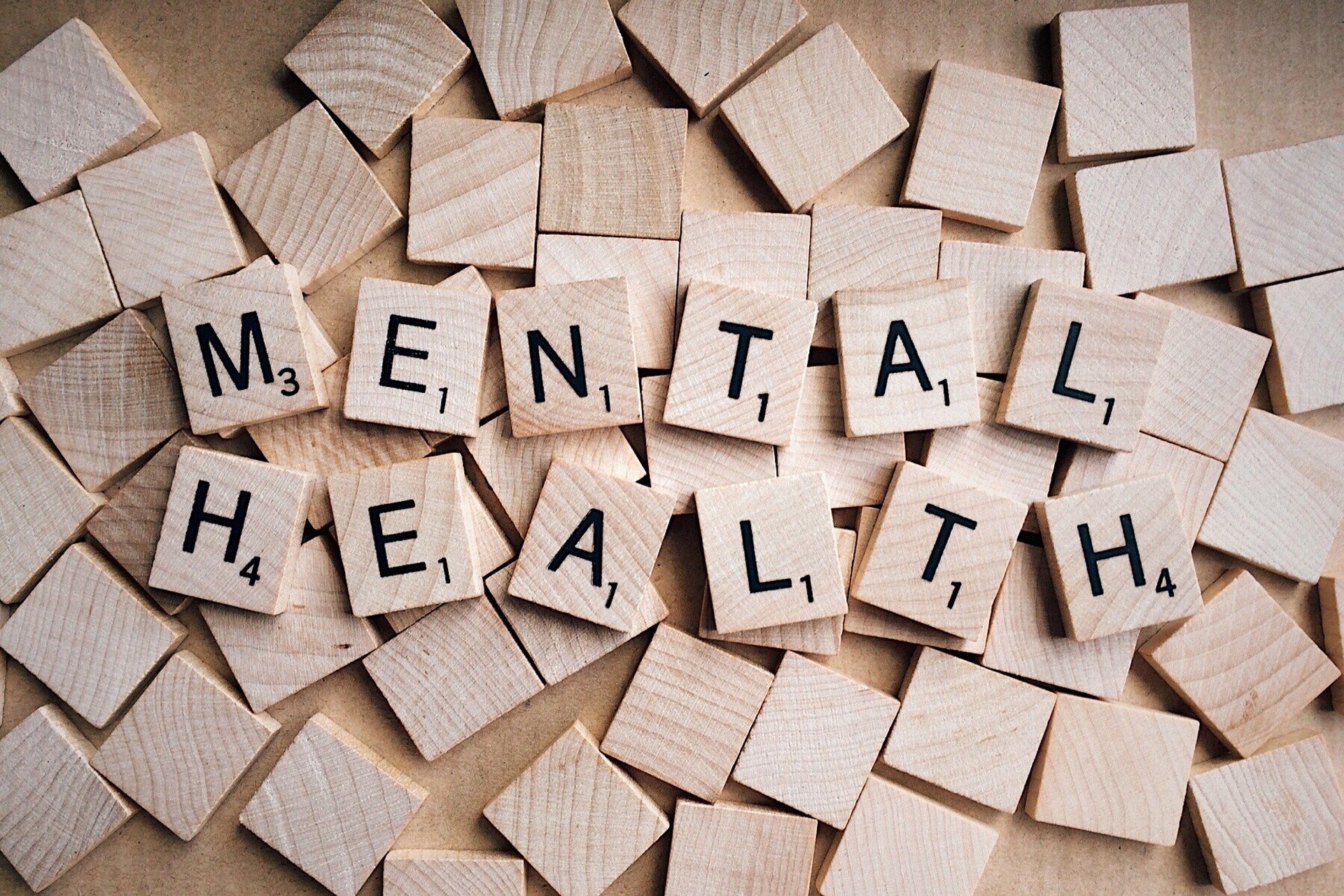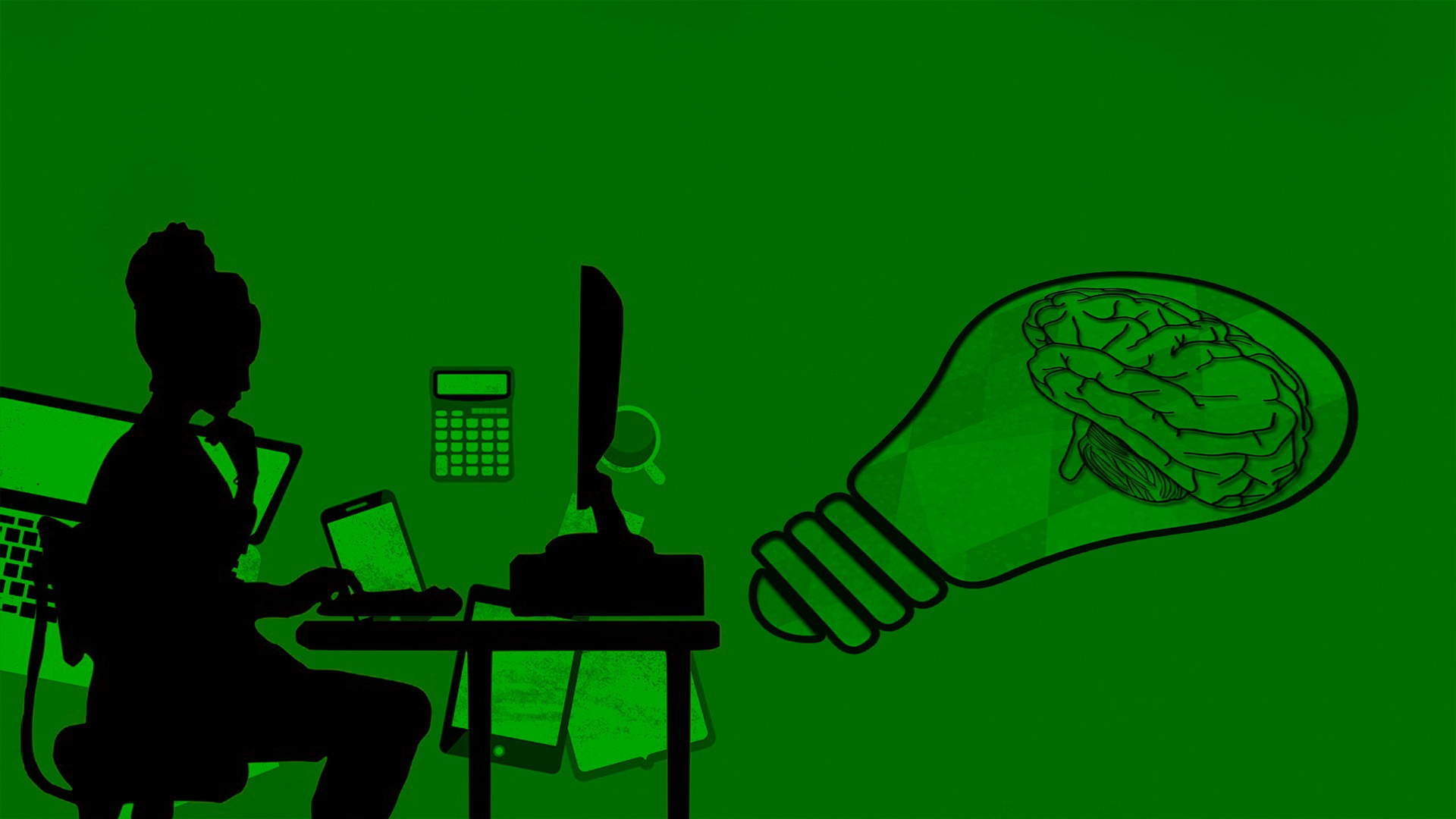
How can we apply UX practices in our daily lives?
Mental health has always been a passion of mine. As someone who has struggled intermittently with depression and anxiety, being open about my mental health helped me better recognize and deal with my emotions. I started by writing my disjointed thoughts down in my private blog. Then I started sharing these thoughts with just my closest friends before eventually gaining the courage to post publicly on social media. The positive responses and feedback I got from people was cathartic. I began my career as a health educator and counselor before transitioning to my role as a UX researcher, but my love for all things mental health has remained.
I often wonder how I can combine my skill sets as a researcher with my passion for mental health. A few years ago, I was dealing with a bad bout of depression, and I was constantly frustrated because it felt like even when I made progress, it was always one step forward and two steps back. I needed a way to better track my daily mood to see if I was actually making progress or not, so I did an experiment where I used statistical analysis to observe and analyze trends in my own mental health.
The Preface
I tracked my mental health each day of the year. I rated my happiness on a scale of 1–5, with “1” being a really bad day, “2” being a kind of bad day, “3” being a neutral day, “4” being a kind of good day, and “5” being a really good day. I want to preface this by saying that I understand how complex and difficult it is to try and quantify mental health. My absurdly simple, completely subjective, and inherently biased rating system is by no means an attempt to accurately represent the complexities of the mental health spectrum. My intention was simply to visualize and observe any trends in my own mental health over the course of the year. I picked my score based on how I felt overall that day. Using Google sheets, I then recorded that score, and also jotted down any major events that happened each day as supplementary qualitative data (more on this later). In hindsight there are probably apps that would have made this process much easier. Maybe I’m just old school, but there’s something about doing it all yourself from scratch the first time. With that said, I think it’s important to find methods of managing your mental health that work specifically for you, but I hope this project helps provide a different perspective.
The Data
Here is a heat map of my scores every day of the year laid out in a calendar format. When I did this experiment, I was new to UX, so apologies for not being more inclusive to color-blind folks.
The Analysis
In this section, I try to identify trends by looking at the data in more detail from different angles. With a little help from some simple formulas, conditional formatting, and filtering, I was able to identify some common themes. I also list out possible reasons that could explain the results. Again, I want to reiterate that this is not a scientific study. I am giving explanations based only on my own past experiences with depression and anxiety, my past experience working as health counselor, and what I learned during the course of this project.
Average daily score for the year: 3.72
This is the baseline score. We will compare the other scores to this.
Average score by month
As the year went on, I got better at managing my mental health. I got better at recognizing what triggers my depression or anxiety, and I actively removed myself from situations that would make the symptoms worse. I think this project played a large role in that. Since I’m a visual person, seeing my bad days marked out on a spreadsheet in bold red colors motivated me to make the next day a green box or at least a yellow one. If I saw too many 1’s or 2’s in a row, I knew I had to do something about it. I calculated the averages at the end of each month, so I started noticing that each month my average would rise slightly. I would challenge myself to get an even better score for the next month. Seeing my mental health physically mapped out like that helped keep me accountable to myself.
Average score by day of the week
They really do call Wednesday “hump day” for a reason, huh? I’m sure there’s some correlation here between the low average for Wednesday and the grind of the work week. I’m thinking Friday and Saturday are my best days because those are typically the days I would spend time with the people I love and care about. Now that I know this information, I plan to schedule more time on Wednesday for self-care to offset the lower scores.
Count by score
Aside from being a beautiful curve, the most surprising thing about this graph is how few 1’s I got. Your brain tends to trick you into focusing on the negatives, which means it’s easy to overlook all the good stuff that happens. The data shows I got more 4’s and 5’s than 1’s and 2’s, but before this experiment, one bad day would ruin my whole week and trick me into thinking I lost all of the “progress” I had made.
Average score the day after scoring a “1”: 3.86
I wanted to highlight this stat specifically. On the days where my depression or anxiety hits me the hardest, it’s really easy for me to resort back to my old habits and just stay in my room and be sad all day. If it was 2017, when my depression was at its worst, that was definitely the case. For a period of about 4–5 months when I was unemployed, I would stay up until 4am and wake up at 2pm. I let the negative energy roll over into the next day. I’d wake up feeling worse than when I went to bed. A score of 3.86 is actually higher than the average score, which means not only did I not let myself wallow in my bad thoughts, I made it a point to make the most out of the next day. This shows sharp growth from my previous year, and it’s something I’m very proud of.
Main reasons for “1–2” scores
I jotted down the following reasons in my notes: Feelings of anxiety and depression, loneliness, isolation, not feeling like I’m enough, feeling behind in life, arguments, rejection from jobs and grad school, exhaustion, arguing with parents, friends and family in hospital, overstressed, mental breakdowns, low self esteem.
Main reasons for “4–5” scores
Hang out with friends, spend time with family, massage therapy, boxing, hang out with coworkers outside of work, getting a raise, good workouts, surprise birthday party, concerts, traveling, ate Whataburger for the first time, move to NY, first snow in NY, friends visiting me in NY.
The Takeaways
This project directly contributed to improvements in my mental health by keeping me accountable. Considering it took me less than a minute a day to track, I’d say the effort was more than worthwhile. It might sound counterintuitive to list out all your bad days and the things that caused them, but it actually motivated me to work harder to not get those red boxes. I think it says a lot about our culture and how afraid we are to face these negative emotions, but I learned that it’s hard to fix something if you keep shoving it away in the back of your mind. This year was about me running toward my fears and finally addressing them. I shared this data not to convince you to do the same thing, but to encourage you to consider being more proactive about taking care of your own mental health by finding a method that works for you. We place a lot of emphasis in our physical health, but not nearly as much into our mental health. I also encourage you to have more open, honest, and vulnerable conversations about mental health with people you trust, but most importantly have these conversations with yourself. These conversations won’t be comfortable, but they are necessary. Be more intentional about mental health support.
What can companies do to better support employee well-being?
When the pandemic first hit, many companies were forced to transition into a remote workforce for the first time. As employees shifted from in-office work to working from the confines of their own homes and apartments, mental well-being became more of a focus than ever. We’ve had a few years to adjust, and while some companies have slowly shifted back to working in the office, others are still learning how to support a mostly remote workforce. The effects of the pandemic on employee mental health remains a difficult and complex issue to address.
At Key Lime Interactive, through a mix of open and honest conversations about mental health and a heck of a lot of trial and error, we are learning how to better create safe spaces for employees to recognize, share, and address feelings about their mental health. It’s a lot easier to have open conversations with people with diverse perspectives. Here at KLI, we embrace and encourage diversity, and it starts with our recruitment process. We are a woman-led company and hire people with different backgrounds, different areas of expertise, and different lived experiences. This allows us to provide our clients with consultants that better fit their needs and connect with participants with more empathy. We also developed the our proprietary Inclusivity Index to help our clients be more inclusive when recruiting participants for research.
It’s been a humbling learning process, and we have not always gotten it right the first time, but we think it’s important to be intentional about addressing employee mental health. It’s hard to be vulnerable, but once you start doing it, it makes it much easier for the person next to you to do so.









Comments
Add Comment